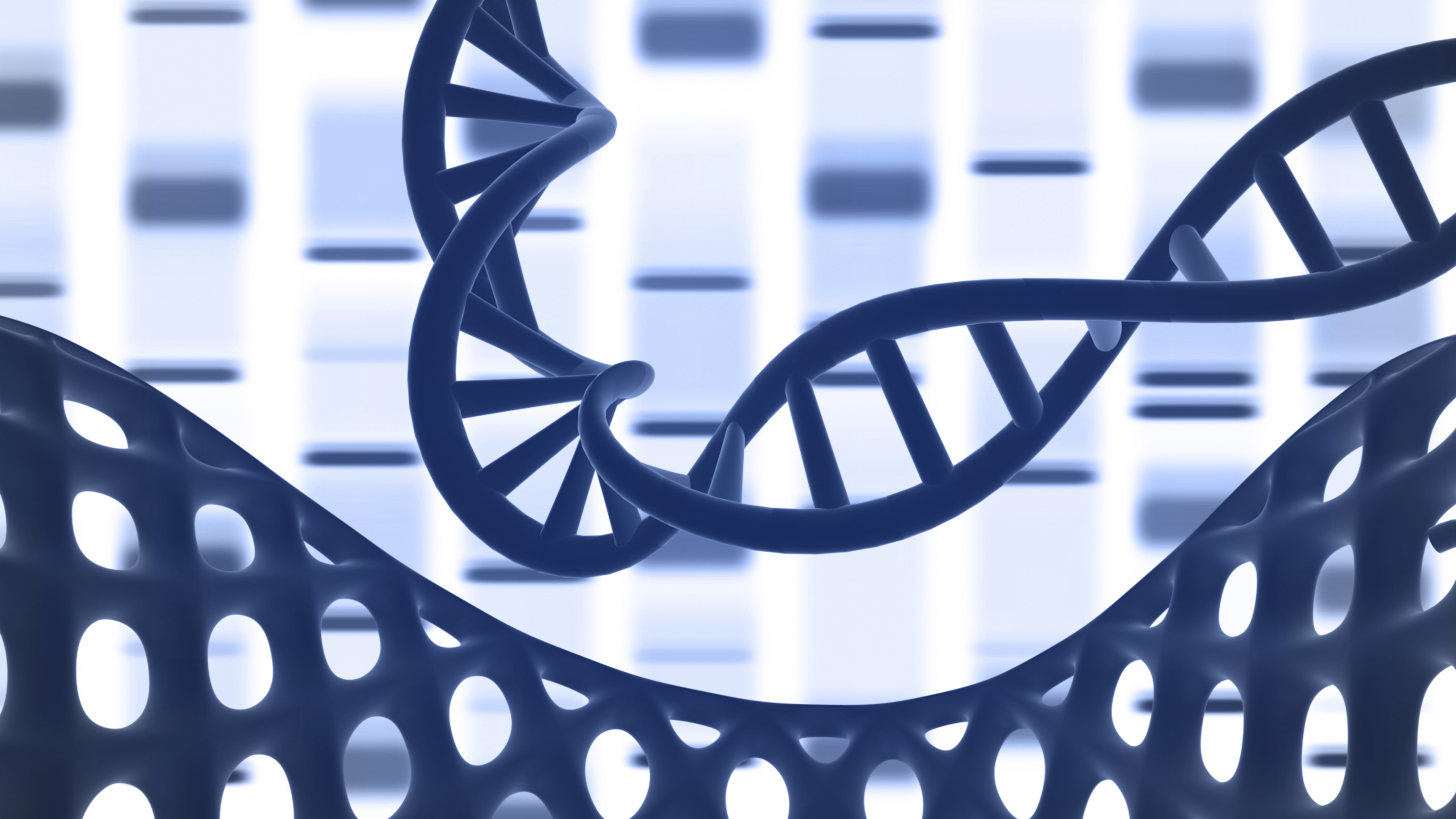4차 산업혁명의 핵심 바이오기술로 새롭게 등장한 ‘New biology’인 합성생물학 활성화 및 육성 기반 구축
BICS 로그인공지사항
등록된 게시글이 없습니다.
투표
더보기등록된 게시글이 없습니다.
일정
더보기등록된 게시글이 없습니다.
행사
더보기등록된 게시글이 없습니다.
Learning from nature: Biosynthesis of cyanobacterin opens up new class of natural compounds for applications in medicine and agriculture
- 작성자지정은
- 작성일2022-06-07
This work was made possible by combining modern tools from bioinformatics, synthetic biology, enzymology and (bio)chemical analytics. The focus was on how the central part of the cyanobacterin carbon skeleton is produced. The putative genes for this were first cloned by the method of "Direct Pathway Cloning" (DiPaC) and then activated in the model organism E. coli as a cell factory. DiPaC is a new synthetic biology method previously developed in the laboratory of Tobias Gulder, Professor of Technical Biochemistry at TU Dresden. "DiPaC allows us to transfer entire natural products biosynthetic pathways into recombinant host systems very quickly and efficiently," Tobias Gulder explains. In the next step, the research team analyzed the essential individual steps of cyanobacterin biosynthesis by additionally producing all key enzymes in the host organism E.coli, isolating them and then investigating the function of each enzyme. In the process, they came across a previously unknown class of enzymes called furanolide synthases. These are capable of catalyzing the formation of carbon-carbon bonds following an unusual mechanism. In further studies of these furanolide synthases, these enzymes proved to be efficient in vitro biocatalysts, making them highly attractive for biotechnological applications.
중략
EurekAlert, 22.05.27.
https://www.eurekalert.org/news-releases/954170
- 댓글 0
- 조회수146









 카카오톡
카카오톡
 네이버
네이버
 트위터
트위터
 페이스북
페이스북